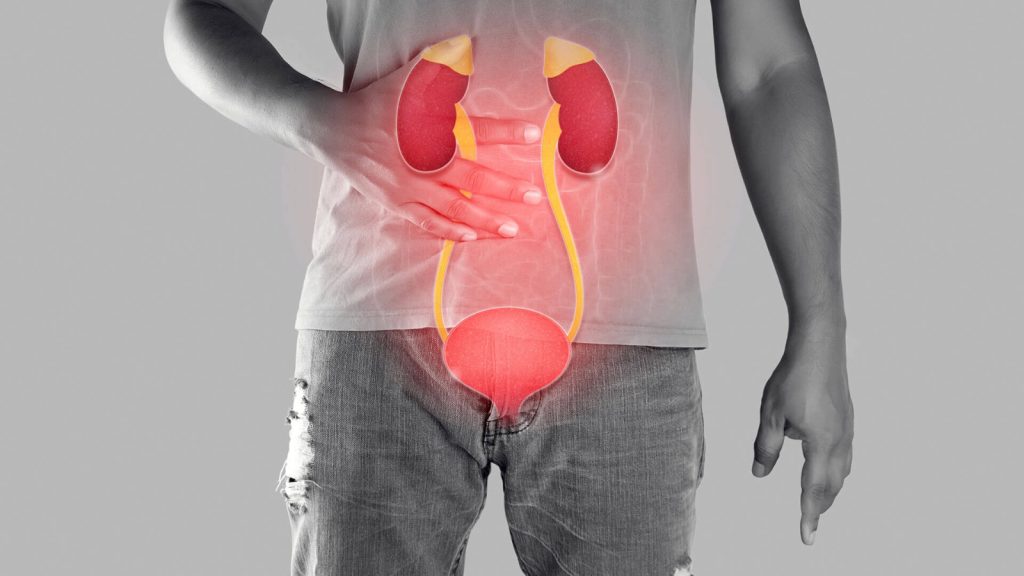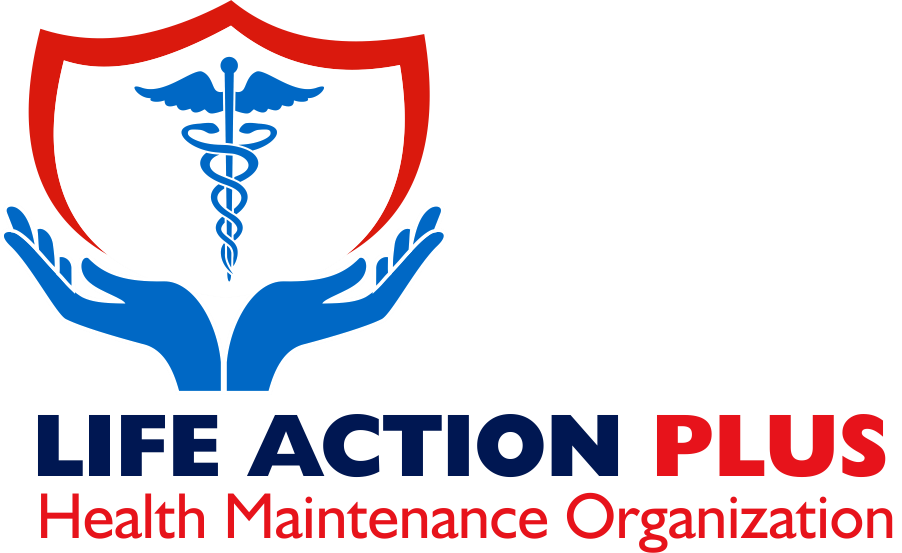The urinary system comes into play for the disposal of liquid waste. Our bodies keep generating a lot of hazardous and unwanted liquid waste. These are toxic waste products which will circulate in our blood until disposed of. And as excess water can be waste too, our body gets rid of it through the urinary system. So, how does it work?
The urinary system starts in our kidneys. These organs are located in the upper abdominal area. Against the back muscles on both the left and right side of the body. They act as filter devices for our body system. When the blood passes through the kidneys, it gets cleaned and separated from the waste compound. This waste, combines with excess water, to result in urine, which we generally refer to as pee.

After urine is created, it is pumped down through a couple of tubes called the ureters. Leading to the bladder. A pouch like organ that holds the pee until the body is ready to get rid of it. It is at this point that you start feeling like going to the bathroom. Finally, the bladder contracts and pushes the pee into another tube we call the urethra. Which carries the pee out of the body.
Note: if you make the habit of holding your pee for a long period of time, you’re subjecting yourself to severe long-term effects, including a higher risk of infection. Constantly holding in your pee can weaken your bladder muscles. Which could lead to Urinary retention: a dreaded condition that prevents you from being able to fully empty your bladder when you pee, and makes you feel like peeing a lot.
So, in the interest of long-term health, it’s not a good habit to hold your pee for too long. But fortunately, for the short-term, your brain and body have got you covered.


